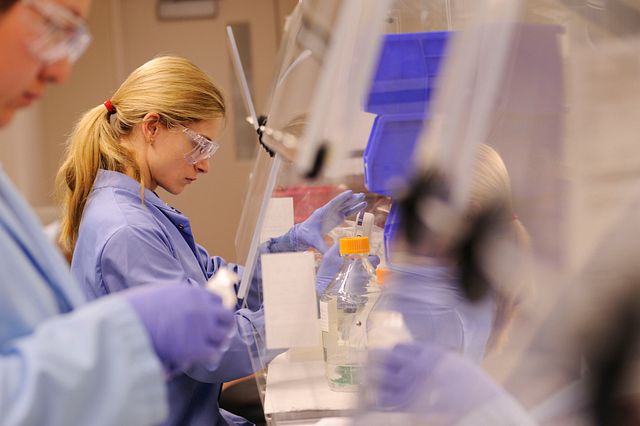Know The Basics: 5 Crucial Approaches Of Bioanalytical Assay Development and Validation

Sponsors regularly apply for IND, ANDA, and NDA submissions to the FDA. For successful drug applications, sponsors must conduct clinical pharmacology, bioavailability, bioequivalence, and pharmacokinetic assessments and demonstrate the safety and efficacy of a drug product. Hence, sponsors must develop and validate bioanalytical assays to support these critical drug development studies.
To clarify the debate of bioanalytical assay development in drug discovery vs. drug development, bioanalytical testing has to be robust irrespective of the phases of drug development. The successful conduct of clinical and preclinical studies depends on qualitative and quantitative data generated from bioanalytical studies. However, the validated bioanalytical method must address essential conditions namely accuracy, precision, specificity, sensitivity, and sample handling and storage. Hence, we share five crucial strategies for bioanalytical assay development and validation at every step of drug discovery and development.
Instrumentation for method development and validation
GC, HPLC, GC-MS, and LC-MS techniques are widely used for analyzing drug products. However, the focus shifted dramatically in favor of LC-MS techniques for quantifying drug products with low molecular weight. . Since the 90s, there have been advancements in mass spectrometers. These advances have resulted in the widespread use of LC-MS techniques in drug testing.
Validation and acceptance criteria
The primary goal of assay development is to determine the design, limitations, operating conditions, and assay suitability for its intended use. It also ensures that the assay is ready for validation. However, sponsors must conduct vital studies, including in vitro and in vivo assessments and physicochemical studies, to learn about the analyte of interest. Besides, technicians must test specific parameters for validating bioanalytical assays. These parameters include reference standards, specificity, sensitivity, stability, calibration curve, critical reagents, quality control samples, accuracy, precision, and recovery.
Sample extraction techniques
Sample preparation forms the basis of robust bioanalytical assay development and validation. The primary objective of sample extraction is to remove the interferences from the study sample and concentrate the sample with the target analyte. Thus, sample extraction helps increase the sensitivity of the assay. There are several sample extraction methods. Common examples include
- liquid-liquid extraction
- protein precipitation
- solid-phase extraction
- solid-phase microextraction
- matrix solid-phase dispersion
- supercritical fluid extraction
- column switching
Good laboratory practices
Good laboratory practices (GLP) are a core component of bioanalytical assay development and validation. GLP ensures that the validated method is accepted by the regulatory agencies. The internal quality assurance team is primarily responsible for proper and transparent conduct of procedure, data documentation, and review of study protocols. Besides, an environment where regulators and bioanalytical chemists work together is favorable for the successful approval of drug products.
Sample collection, storage, stability, and transport
Post collection, some study samples may need additional processing. Serum or plasma samples can be harvested through centrifugation. Besides, experimental conditions such as temperature, freezing time, and centrifugation force must be determined before beginning assay development and validation. Moreover, sample storage and transport need cold conditions. Hence, shipments should be packed with dry ice, which will exceed the anticipated delivery time.